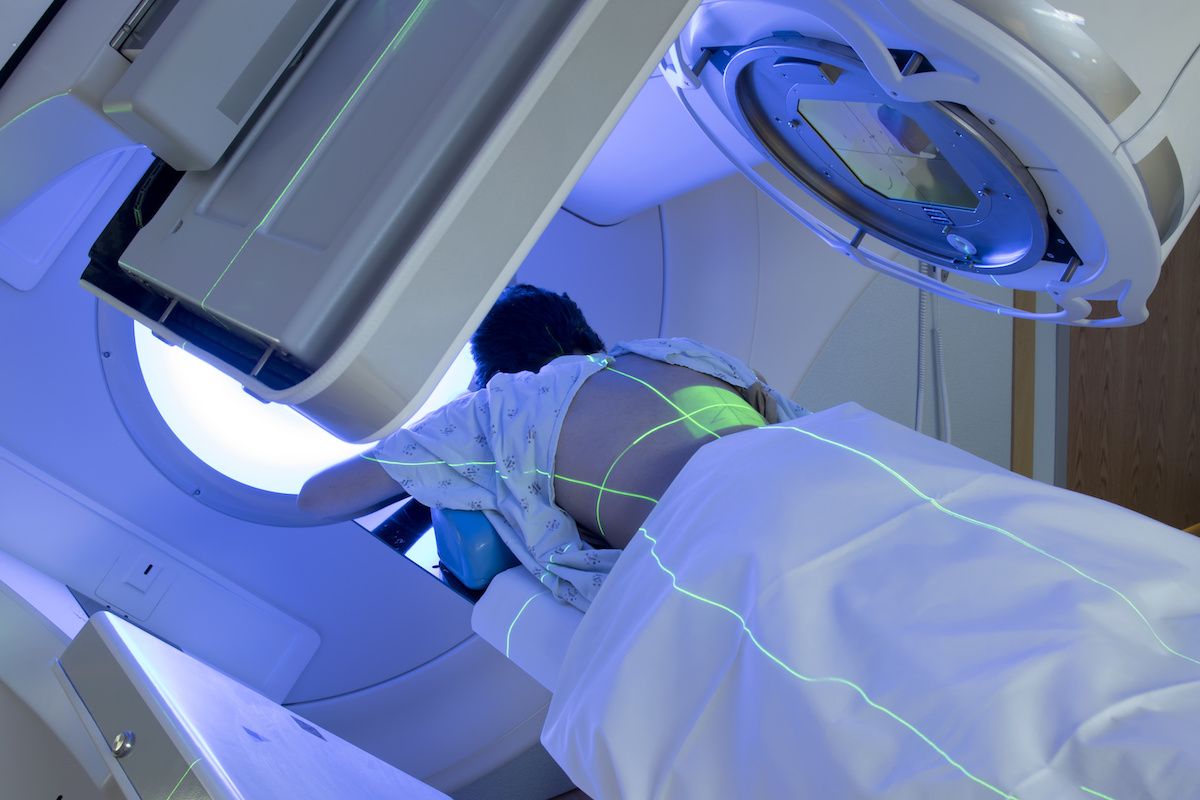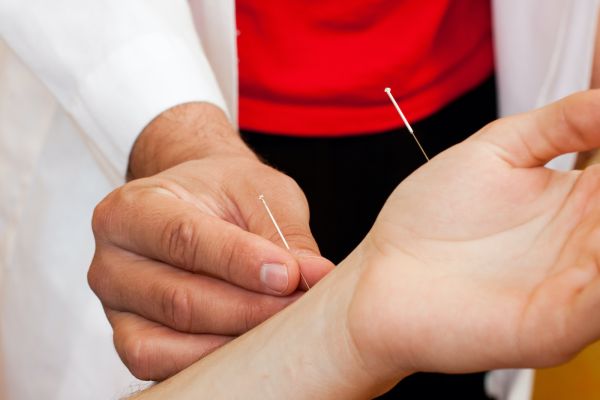The skin is your body’s first barrier against disease-causing microorganisms, UV light and chemicals. Radiation therapy is used to treat some types of cancers. Since radiation travels through the skin to reach the targeted organ or tissue, skin damage can occur. Your skin is the largest organ in your body. The outermost portion, called the epidermis, is constantly exposed to the outside, so it is most vulnerable to damage. As protection, the body constantly replenishes it. Cells divide (reproduce) deep in the basal layer of the epidermis. It takes about a month for these new cells to move up through the five layers of the epidermis to reach the surface. This process means damaged cells are continually shed and replaced with new cells.
How radiation treatment affects your skin
Radiation penetrates the epidermis and affects cells in the basal layer such as:
- Keratinocytes. These are stem cells in the hair follicles that make the protein keratin that strengthens the skin, hair, and nails. Keratinocytes form in a deep layer of the skin and they take about a month to reach the skin surface.
- Melanocytes. Found in bottom layer of the skin’s epidermis, these cells create your skin’s pigment. Skin is particularly sensitive to radiation damage because of this continuous cell renewal.
In healthy skin, a delicate balance is kept between the death and rebirth of each skin cell type. When the first radiation dose is given, a number of basal keratinocytes are destroyed, disrupting that delicate balance. Repeated exposure to radiation, such as daily radiotherapy treatments, does not allow time for basal skin cells to replenish the epidermis. Skin reactions to radiation therapy typically start within the first few weeks of treatment and may last several weeks after the last treatment. Only the area being treated with radiation is affected. If there are skin folds in the area — for example in the ear, breast, or groin — the increased warmth and moisture from the skin rubbing together makes the area more sensitive to adverse effects from radiation.
A common side effect of radiation therapy is a skin condition called radiation dermatitis. Radiation dermatitis can progress from a mild red rash to itchy, peeling skin. It can then progress to blisters and moist, peeling skin. Acute or early radiation dermatitis usually occurs within 90 days of treatment. Chronic or late radiation dermatitis can occur even five to 10 years after treatment ends. How your skin may react to radiation therapy depends on several factors, including the doses of radiation you receive, your cancer type and location and your overall health.
We're here to help
A cancer diagnosis can be an overwhelming experience for patients and their caregivers — we offer an array of services and resources to address your needs.
Learn moreTips to prevent or reduce radiation dermatitis
Your healthcare provider may prescribe topical corticosteroids to help prevent severe radiation dermatitis. It is important to report any pain or discomfort to your doctor because an untreated skin reaction can lead to infection and possibly delay your treatment. Remember, it’s helpful to talk with your doctor about any issues you’re having during and after your treatment. It will allow your doctor and healthcare team to make you more comfortable.
- Wash the treated area gently with warm (not hot) water and gentle soap.
- Shower or bathe in lukewarm water, no more than once a day.
- Always pat dry your skin, rather than rubbing it.
- Use an electric razor to avoid irritating the skin, if you shave in the treated area.
- Wear loose, soft clothing made of gentle fabrics like cotton and silk that don’t rub against the skin receiving radiation.
- Keep skin moisturized. Ask your doctor about lotions and skin creams that can reduce itching and swelling.
- Avoid extreme temperatures or putting anything cold or hot on the affected area.
- Saline (salt) soaks can provide comfort.
- Cover the treated area whenever outside, even for brief periods. Your skin will be very sensitive to sunlight.
- Eat a healthy diet and drink plenty of fluids (four to eight cups a day).
- Use skin emollients (aqueous creams) if recommended.
- Ask your care team for guidance about which types of soap, bubble bath, deodorant, makeup, ointment, lotion, skin cream, perfume, powder, cornstarch, shaving cream, sunscreen and more are safe to use.
Your healthcare provider may prescribe topical corticosteroids to help prevent severe radiation dermatitis. It is important to report any pain or discomfort to your doctor because an untreated skin reaction can lead to infection and possibly delay your treatment. Remember, it’s helpful to talk with your doctor about any issues you’re having during and after your treatment. It will allow your doctor and healthcare team to make you more comfortable.


